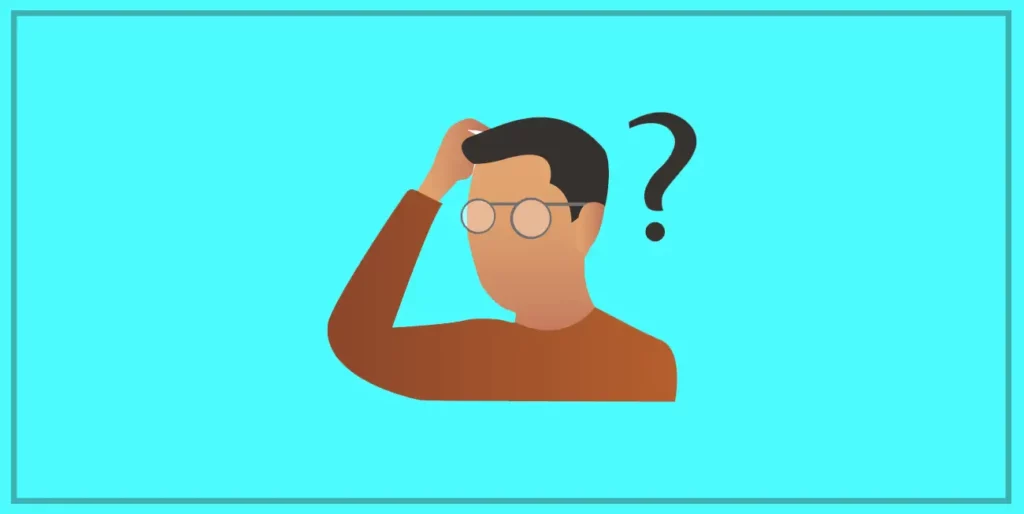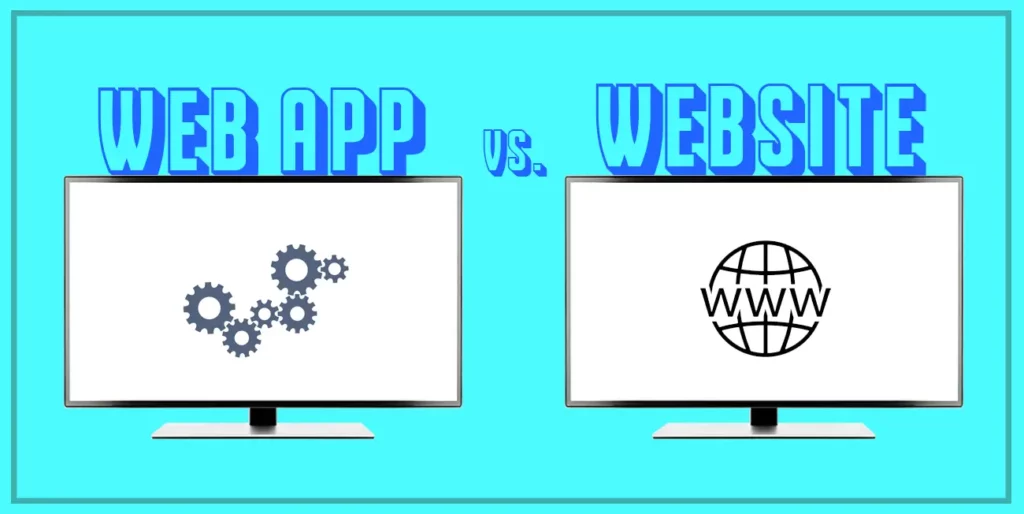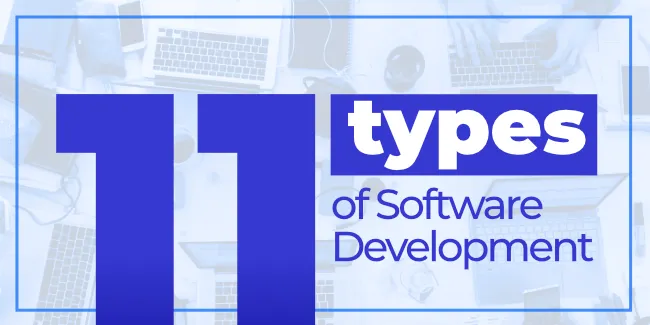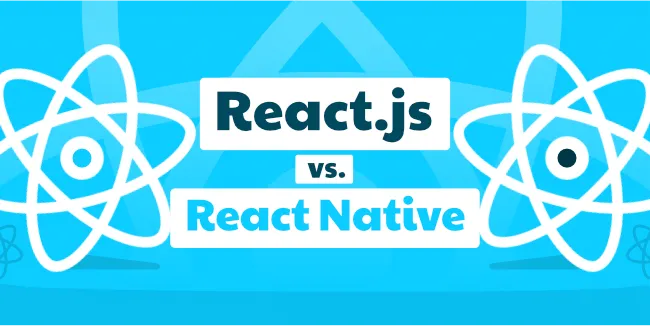Applications have been with us in our everyday lives for many years. They help us shop, work, learn, and, most importantly, break away from reality by offering various forms of entertainment. They take various forms, from native apps we use on our smartphones to applications we launch in our web browsers.
We will focus on the second ones in this article and explain in more detail what web applications are, how they work, and what their advantages are. In the article’s title, we pose one more important question that many people ask themselves – what is the difference between a web application and a website? You will also find the answer to this at the end of the article. So without further ado, let’s get started!
What is a web application?

A web application is a software program that runs on a web server, accessed by users through a web browser over the Internet. In other words, it is a client-server application in which the client interacts with the server through a web browser.
Web applications took the place of desktop applications that we had to download on our hard drives in order for them to work. As the world is changing, and we have most of our lives in one application, let it be Google Chrome, Opera, or Safari, such change was inevitable.
Web apps under the hood
Web applications are usually developed using combinations of server-side scripting languages (like PHP, Ruby on Rails, ASP.NET), HTML, CSS, and JavaScript. These technologies work together to create dynamic and interactive web pages for users.
Web applications can be simple, like a to-do list app, or complex, like an online store or a social network. They can be used for various purposes such as entertainment, information sharing, data storage and retrieval, interaction with other people or systems, etc.
The term “web app”
While the concept of web applications is not new, the term itself is relatively new. It was first coined in the early 2000s, when the world wide web was just starting to become popular. At that time, there were a few different terms that were used to describe this type of application, including “web-based application,” “internet application,” and “browser-based application.”
The term “web app” eventually won out because it was more specific and easier to say than the other terms.
Nowadays, web apps are everywhere. They are used by businesses of all sizes, from small startups to large enterprises, and they come in all shapes and sizes.
How web app differs from other types of software?
A web app is different from other types of software because it is designed to be used through a web browser. This means as we said, that anyone with an internet connection can access and use the app without installing any special software on their computer.
How does a web application work?
When you fire up the browser of your choice and select the URL where the application is located, you will set off a series of events aimed at displaying the content you requested.
Typical web application flow looks like something like this:
- You enter the web app by a web browser and thus trigger a request to web server
- The web server sends your request to the web app server
- After the web application server receives a request, it performs the requested task and generates needed data
- The web application server sends data to the web server
- The web server responds back to the client with the requested content that then appear on your screen
Three most important elements of a web app
For a web application to work properly, it must contain three elements:
- A web server that will handle your request
- Web application server to execute this request
- Database that will store all needed materials, and information
It should also be remembered that a web application has two layers that must work together to provide the user with the best user experience.
Backend layer
The backend of a web app is everything that happens behind the scenes, meaning everything that the user doesn’t see it happening. This layer is responsible for data processing and for preparing an answer to a user’s request.
It’s important to remember that backend works independently from the frontend. Backend developers use programming languages, such as Ruby, Python, and PHP, to create the logic part of an app. The most common practice, however, is using frameworks such as Ruby on Rails, Laravel, or Django.
Frontend layer
Also known as client-side, this is a layer where everything related to graphics and design happens. The frontend is what the user sees and interacts with while using a web app. A good frontend should be intuitive and easy to use, even for people unfamiliar with computers.
Frontend developers take advantage of JavaScript, HTML, or CSS to develop an app’s visible side. It is worth noting that these languages are supported by the browser and operate in it. Frontend developers, similar to backend ones, use frameworks to speed up the development time. The most popular frontend frameworks are ReactJS, Angular, and NodeJS.
What are the benefits of web apps?

Web applications come with many benefits. Some of them are:
- You don’t need to download nor install it on your hard drive. Thanks to this, you save time and disk space.
- They can be used on any device with an internet connection and a browser. This means that it can operate on multiple platforms, like MacOS or Windows.
- Web apps are easy to share. You can simply send someone a link, and they can start using the app right away.
- Web apps are easy to update. When a new version is available, you don’t need to do anything – the app will update itself automatically.
- Web apps are more secure than desktop apps. They are less likely to be hacked; even if they are, the damage is usually limited to a single user.
- Web apps are more environmentally friendly than desktop apps. They use less energy and generate less electronic waste.
A couple of examples of web apps
Nowadays, we could probably measure the number of web applications in millions. Therefore, as examples of web applications, we will show solutions that everyone knows well and has probably used at least once in their life.
Netflix
Who doesn’t know Netflix? It is one of the most popular VOD platforms in the world. In the end, thanks to it, a new term for spending time was created – Netflix & Chill. You are dealing with a web application whenever you watch a movie or series.
Facebook is one of the most popular mobile apps on the market, but if you don’t have your mobile device with you and still want to check what is happening on this huge social media portal, you will have to use a web application.
Google Apps
Life is not only about entertainment and people but also about work and study. Various tools that are available for free as part of Google services help a lot in this. We mean Google Docs, Sheets, Meets, and many more. Each of these tools is a separate web application.
Spotify
When we learn or work, music accompanies us very often. Spotify is one of the most popular streaming platforms, with millions of music tracks from around the world.
We conducted a survey in the office, and it turned out that when it comes to this solution, we prefer to use a desktop application than a web application. This may be because we usually listen to music while doing something. it is the background for us.
Therefore, it is more convenient for us to run the same version of the application from the hard drive and not worry than to frustrate when we accidentally close the tab with the Spotify web application, just in the favorite moment of the song.
Webapp vs. website

So what is a web application, and how does it differ from a website? Web applications are usually more complex than regular websites. They have more functions and are often used to perform certain tasks.
In addition, web applications often use databases, making them more advanced than websites that use content management systems. Add to that the fact that web application is a full-fledged computer program, while website is just a collection of interlinked web pages.
Conclusion
Once upon a time, web applications were rare, but today they are becoming increasingly popular. More and more companies decide to opt for web application development because they see the benefits of using them.
Web applications are easy to customize and can be used by anyone with internet access, regardless of the operating system. They are also more flexible than traditional websites.
So there you have it! We hope that our article helped you to understand all crucial aspects better when it comes to web applications.



